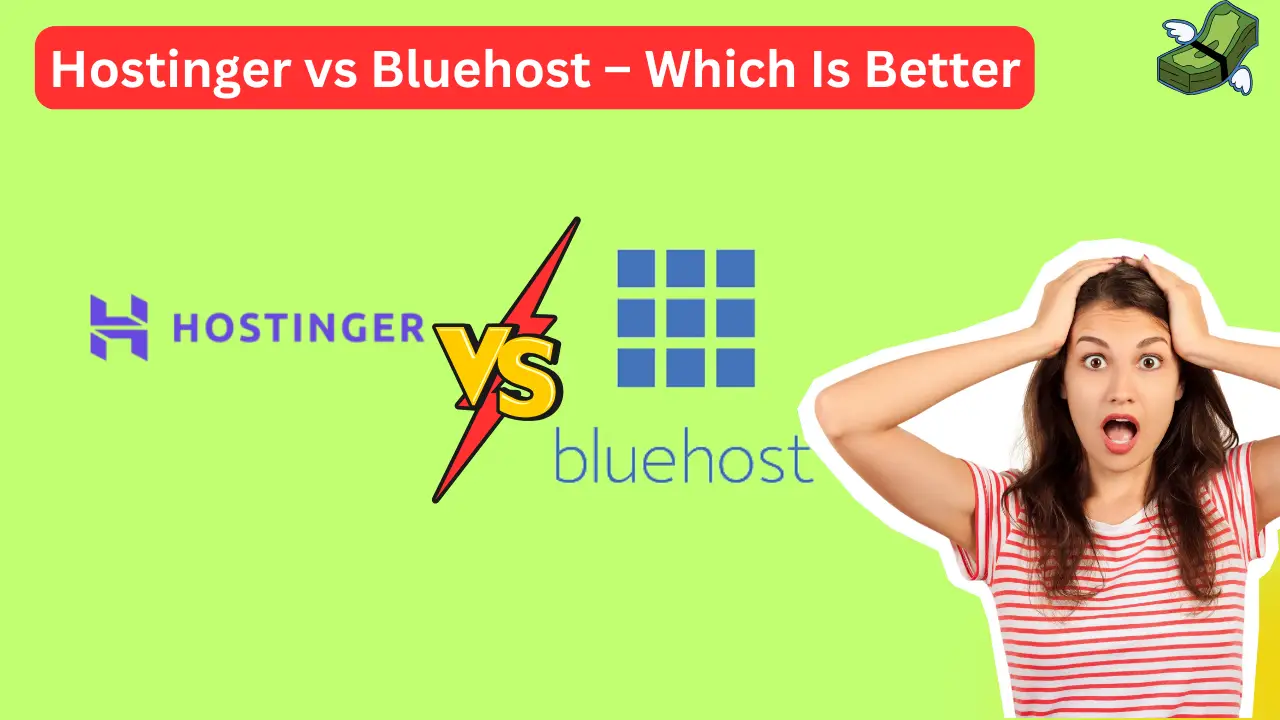Introduction
Bitcoin mining has evolved significantly since its inception in 2009. With technological advancements, increased competition, and changing regulations, mining Bitcoin in 2025 requires strategic planning, specialized hardware, and efficient energy use. This guide provides an in-depth look at how to mine Bitcoin in 2025, including the latest hardware, software, and profitability considerations.
1. Understanding Bitcoin Mining
Bitcoin mining is the process of validating transactions and adding them to the blockchain by solving complex mathematical problems. Miners use specialized hardware to perform these calculations and are rewarded with newly minted Bitcoin and transaction fees.
1.1 How Bitcoin Mining Works
- Transactions are grouped into blocks.
- Miners solve cryptographic puzzles to validate blocks.
- The first miner to solve the puzzle earns the block reward and transaction fees.
- The block is added to the blockchain, maintaining network security and decentralization.
2. Bitcoin Mining in 2025: What’s New?
With each Bitcoin halving event reducing block rewards, mining becomes more challenging. In 2025, Bitcoin mining will be affected by:
- Reduced Block Rewards: The 2024 halving cut rewards to 3.125 BTC per block.
- More Energy-Efficient Hardware: Advanced ASIC miners with better power efficiency.
- Green Mining Initiatives: Increased use of renewable energy sources.
- Stricter Regulations: Governments imposing new rules on mining operations.
3. Choosing the Right Mining Hardware
Mining efficiency depends on using the latest hardware with the best power efficiency. Here are the top mining rigs in 2025:
3.1 Best Bitcoin Mining Hardware
| Model | Hash Rate | Power Consumption | Efficiency (J/TH) |
|---|---|---|---|
| Antminer S21 | 220 TH/s | 3500W | 16 J/TH |
| Whatsminer M60 | 200 TH/s | 3400W | 17 J/TH |
| AvalonMiner 1366 | 180 TH/s | 3300W | 18.3 J/TH |
3.2 Key Factors to Consider
- Hash Rate: Higher hash rates increase the probability of earning rewards.
- Power Efficiency: Lower Joules per Terahash (J/TH) reduces electricity costs.
- Durability: High-quality cooling systems for extended hardware lifespan.
4. Selecting the Best Mining Software
Mining software connects your hardware to the blockchain network and mining pools. In 2025, top mining software includes:
4.1 Best Bitcoin Mining Software
- CGMiner: Open-source, supports multiple mining rigs.
- BFGMiner: Customizable, allows remote mining control.
- NiceHash: User-friendly, automatically selects profitable mining algorithms.
5. Choosing a Bitcoin Mining Pool
Solo mining is nearly impossible due to increased difficulty levels. Joining a mining pool allows miners to combine their computational power and share rewards.
5.1 Best Bitcoin Mining Pools in 2025
- F2Pool: One of the largest mining pools with high rewards.
- Slush Pool: The oldest mining pool with transparent reward distribution.
- AntPool: Operated by Bitmain, offers stable mining payouts.
6. Setting Up Your Mining Operation
6.1 Location Considerations
- Low Electricity Costs: Choose regions with cheap and renewable energy.
- Cold Climate: Reduces cooling costs and extends hardware lifespan.
- Regulatory Compliance: Ensure operations follow government laws.
6.2 Step-by-Step Mining Setup
- Purchase ASIC mining hardware.
- Install mining software and connect to a pool.
- Configure settings for optimal performance.
- Monitor temperature and power usage.
- Withdraw earnings to a secure Bitcoin wallet.
7. Bitcoin Mining Profitability in 2025
Mining profitability depends on factors such as Bitcoin price, electricity costs, and hardware efficiency.
7.1 Calculating Mining Profitability
Use mining calculators like WhatToMine and NiceHash Profitability Calculator.
Example Calculation:
- Hash Rate: 200 TH/s
- Electricity Cost: $0.05/kWh
- Bitcoin Price: $60,000
- Mining Reward: 3.125 BTC per block
Estimated Monthly Profit: $1,500 – $3,000 (after costs)
7.2 Reducing Mining Costs
- Use renewable energy sources like solar or hydroelectric power.
- Optimize cooling systems to lower energy consumption.
- Join mining pools with low fees.
8. Future of Bitcoin Mining
8.1 Trends to Watch in 2025
- AI-Powered Mining Algorithms: Optimizing energy efficiency.
- Decentralized Mining Pools: Reducing reliance on centralized entities.
- Legal and Tax Implications: Governments may introduce new mining taxes.
- Transition to Sustainable Mining: More emphasis on eco-friendly mining operations.
Conclusion
Bitcoin mining in 2025 remains profitable with the right strategy, hardware, and cost management. While challenges such as increasing difficulty and stricter regulations exist, advancements in mining technology and sustainable energy sources offer promising opportunities. By investing in efficient ASIC miners, using reliable mining software, and joining profitable mining pools, miners can optimize their earnings while contributing to the security of the Bitcoin network.










